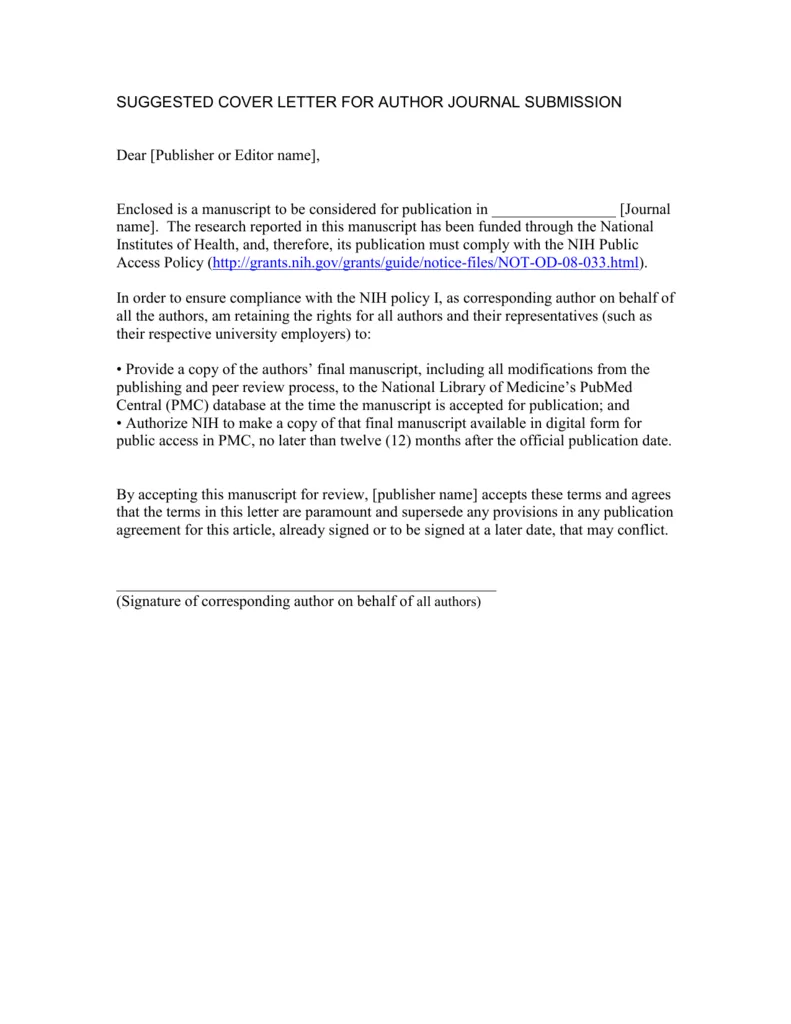What is an Article Submission Cover Letter?
An article submission cover letter is a crucial document that accompanies your manuscript when you submit it to a publication, whether it’s a journal, magazine, or online platform. Think of it as your first introduction to the editor or review board, and its primary goal is to persuade them to read and consider your article for publication. A well-crafted cover letter is your chance to make a positive first impression, communicate the significance of your work, and demonstrate your understanding of the publication’s guidelines and target audience. It’s a professional courtesy and an essential step in the publishing process. A strong cover letter sets the stage for a successful submission. Failing to include a cover letter or submitting a poorly written one can lead to your article being immediately rejected, regardless of the quality of the research or writing.
The Importance of a Cover Letter for Article Submission
The importance of a cover letter cannot be overstated. First and foremost, it provides context for your work. Editors receive numerous submissions, and a cover letter helps them quickly grasp the essence of your article and its relevance to their publication. It allows you to succinctly explain your research question, methods, findings, and their significance. A cover letter also demonstrates your professionalism and attention to detail. It shows that you respect the publication and have taken the time to tailor your submission accordingly. A well-written cover letter reflects positively on your writing skills and your ability to communicate complex ideas clearly and concisely. Furthermore, the cover letter is a valuable opportunity to align your work with the publication’s scope and mission. By mentioning the publication’s focus and explaining how your article fits within its parameters, you increase the likelihood that the editor will view your work favorably.
Key Components of a Winning Cover Letter
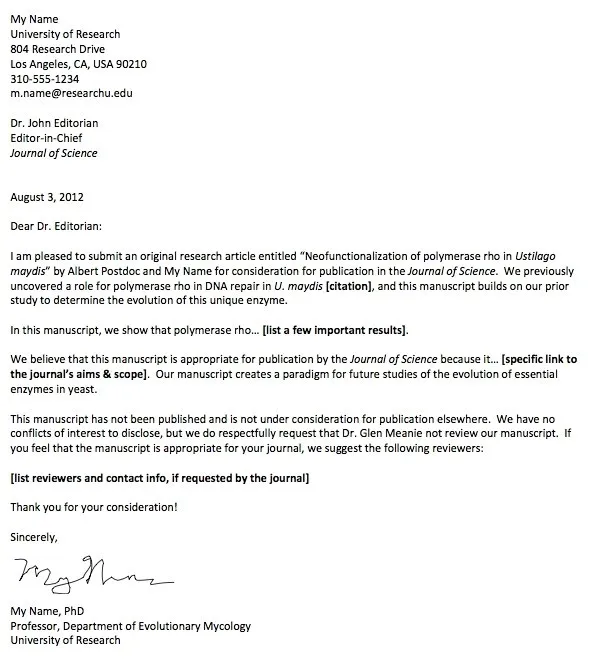
A compelling cover letter should include several key components to effectively convey your message and increase your chances of acceptance. Begin by carefully addressing the editor and stating the purpose of your letter. Clearly state that you are submitting an article for consideration and provide the title of your manuscript. Then, offer a concise summary of your article, highlighting its key findings and their significance. Explain the research question or problem you addressed, the methods you employed, and the major conclusions you reached. This brief overview should captivate the editor’s attention and entice them to read your full article. Furthermore, you should emphasize why the publication is the ideal platform for your work. Mention any relevant sections or recent articles published in the journal that align with your research. Finally, conclude with a call to action, requesting that the editor consider your manuscript for publication. A strong closing statement reinforces your professionalism and commitment to seeing your work published.
Your Contact Information
Start with your complete contact information, including your full name, affiliation (if any), mailing address, phone number, and email address. This information should be clearly displayed at the top of the letter, allowing the editor to easily reach you. Ensure that your contact details are up-to-date and accurate to avoid any communication issues.
The Editor’s Name and Title
Address the editor by name if possible. Research the publication’s website or contact information to find out the editor’s name and title. Using the editor’s name shows that you have taken the time to learn about the publication and that you respect their role. If you are unable to find a specific name, use a generic salutation like ‘Dear Editor’ or ‘Dear Editorial Board’.
Article Title and Purpose
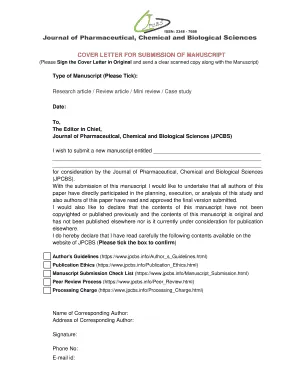
Clearly state the title of your article and its purpose. Mention that you are submitting your manuscript for consideration. This immediately informs the editor about what you are sending. Briefly explain the main objective of your article, which should align with the scope and focus of the publication. Make sure the title is clear, concise, and accurately reflects the content of your article.
Brief Article Summary
Provide a brief summary of your article, typically around 100-150 words. This summary should capture the essence of your work, including the research question, methodology, key findings, and their significance. The summary should be engaging and entice the editor to want to read the full manuscript. Highlight any novel contributions or implications of your research and focus on the key takeaways for the audience.
Highlighting Your Expertise
Briefly mention your relevant expertise and credentials. Include information about your academic background, professional experience, or any other qualifications that are pertinent to your article’s subject matter. This demonstrates your credibility and establishes your authority on the topic. Highlight any previous publications, presentations, or awards that showcase your expertise. Mentioning your accomplishments helps build the editor’s confidence in your work.
Why This Publication?
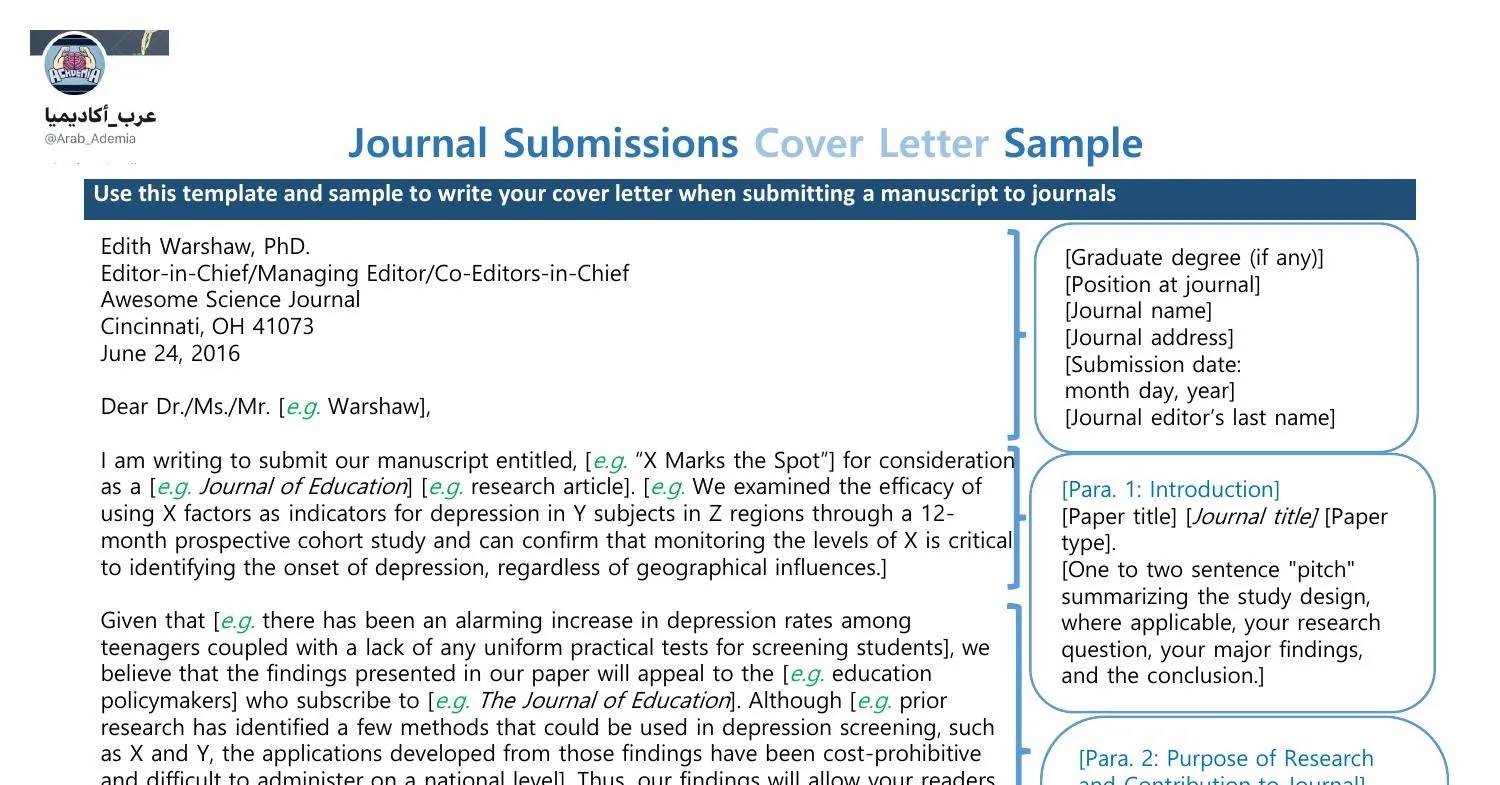
Explain why you chose this specific publication for your article. This shows that you understand the publication’s scope, audience, and mission. Mention any specific sections, topics, or recent articles in the publication that are relevant to your work. Demonstrating that your article aligns with the publication’s focus increases the likelihood of acceptance. Tailor your cover letter to each publication, emphasizing how your article contributes to its specific goals.
Mentioning Previous Publications (If Applicable)
If you have previous publications, briefly mention them to establish your credibility. Include the titles of your articles and the publications in which they appeared. This can enhance the editor’s impression of your work. It shows that you are a published author and that your work has already been vetted by peer review. If you don’t have previous publications, don’t worry; focus instead on the originality and impact of your current article.
Call to Action Requesting Consideration
End with a clear call to action, such as requesting the editor to consider your manuscript for publication. Express your enthusiasm for the opportunity to contribute to the publication. Thank the editor for their time and consideration. Reiterate your commitment to the publishing process. This shows respect and professional courtesy.
Professional Closing and Signature
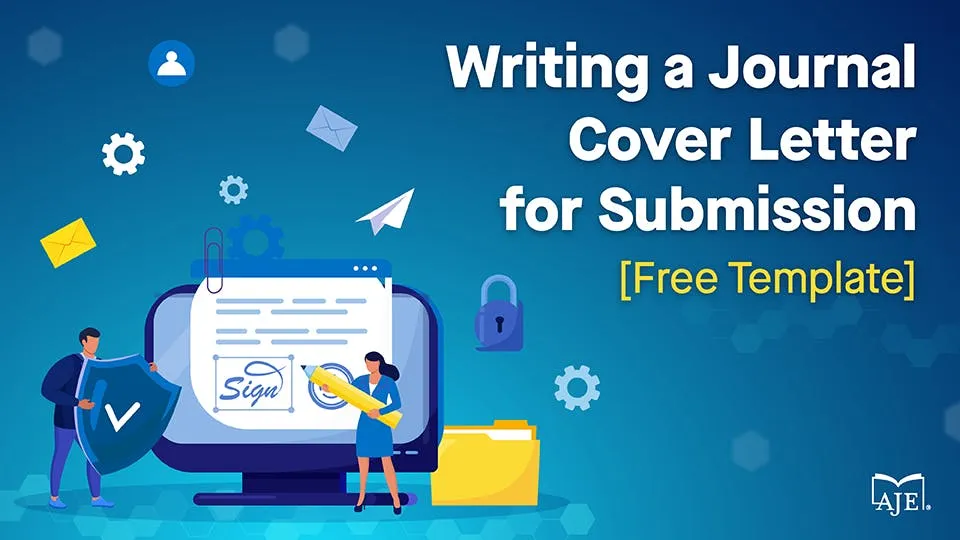
Use a professional closing, such as ‘Sincerely’ or ‘Best regards,’ followed by your full name and, if applicable, your title and affiliation. If submitting a hard copy, leave space for your signature. Ensure your closing is formal and appropriate for the publication. Your signature adds a personal touch and reinforces your commitment to your work. It’s a final act of professionalism.
Formatting Guidelines for Your Cover Letter
Adhere to standard formatting guidelines. Use a clear, readable font such as Times New Roman or Arial, with a font size of 11 or 12 points. Ensure that the letter is well-formatted and easy to read, with appropriate spacing and paragraph breaks. Proofread your cover letter carefully for any grammatical errors, typos, or inconsistencies. A polished cover letter demonstrates your attention to detail and commitment to your work. Follow the publication’s specific guidelines, if provided; they may have formatting preferences.
In conclusion, a well-crafted article submission cover letter is a critical tool in the publishing process. It introduces your work, highlights its significance, and provides essential context for the editor. By following the guidelines outlined above, you can significantly increase your chances of getting published and sharing your valuable research with the world. Always tailor your cover letter to the specific publication and research the guidelines for the best results.
